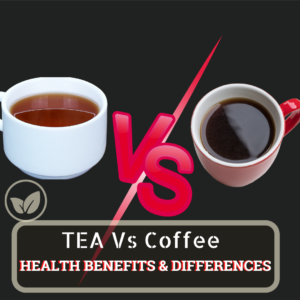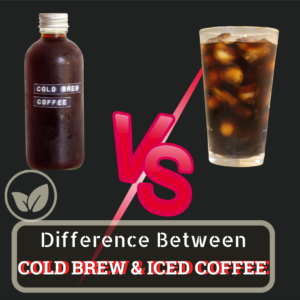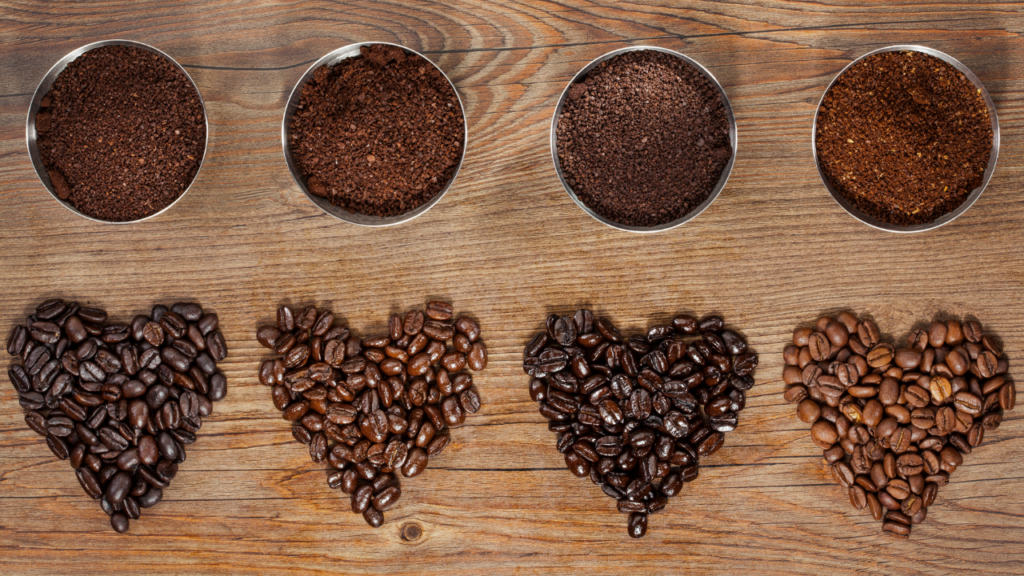Latte vs. Cappuccino: Taste and Texture Differences
Are you someone who enjoys a good cup of coffee but struggles to tell the difference between latte and cappuccino?
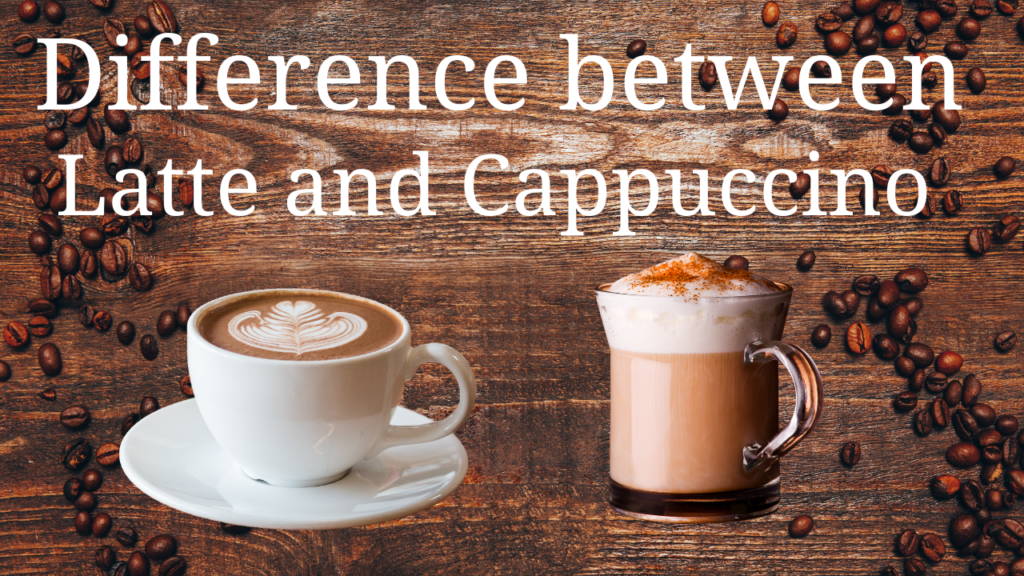
Fear not, my friend, for I am here to guide you through the differences in taste and texture of these two beloved coffee beverages.
Table of Contents
A latte is normally made with espresso, heated milk, and topped with a thin coating of froth. As a result, the texture is creamy and smooth, with a somewhat sweet flavor.
On the other hand, a cappuccino is made with the same amount of espresso, steamed milk, and foam. This makes it drier and gives it a stronger coffee flavor.
The latte is the way to go if you want a smoother and more rounded flavor profile. But if you want your coffee with a stronger flavor and a drier texture, the cappuccino is the way to go.
Beginner’s Guide to Differentiating Latte and Cappuccino
Now that you know the basic differences between a latte and a cappuccino, let’s dive deeper into how to differentiate between the two.
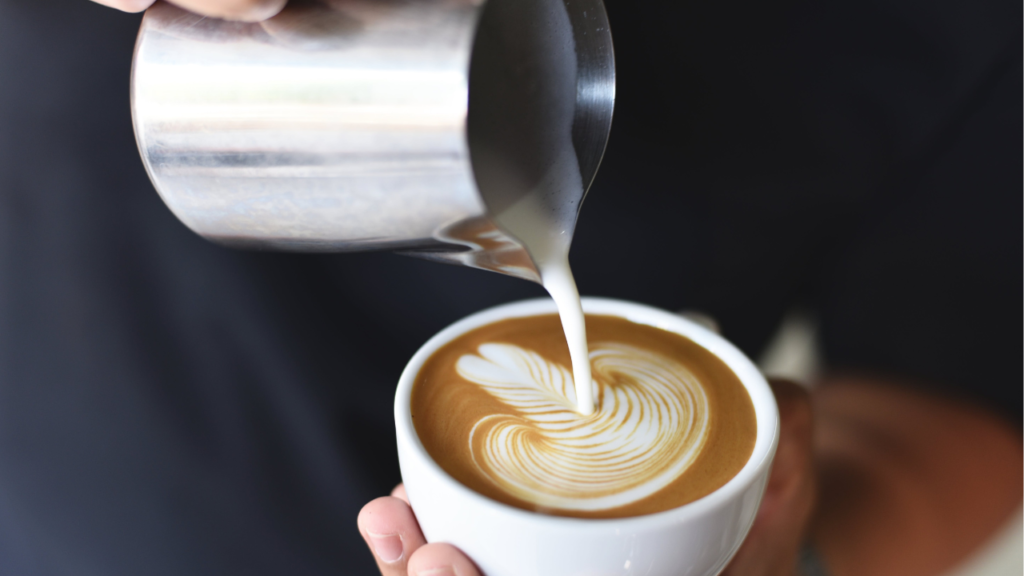
Let’s start with the foam. The foam in a latte is often fine and floats on top of the milk, whereas in a cappuccino it is thick and thoroughly combined with the milk.
Second, pay attention to the amount of milk to coffee. A latte has more milk than a cappuccino.
One last thing: preference is everything. A latte is sweeter and has a creamier texture, while a cappuccino has a stronger, bolder flavor and a drier consistency.
With these guidelines in mind, you’ll be able to tell the difference between a latte and a cappuccino with ease.
What Sets Latte and Cappuccino Apart: Milk and Foam

Latte and cappuccino are essentially the same drink, with milk and foam being the distinguishing factors.
The milk in a latte has been heated to make it silky and smooth, and the froth on top provides a nice contrast in texture.
Cappuccino, on the other hand, is made with equal parts steamed milk and foam, giving it a drier, frothier consistency.
Another difference is the type of milk used to make each beverage.
Cappuccinos traditionally use whole milk to make a thicker foam, while lattes are typically made with 2% milk. Some cafes, however, may provide nondairy milk alternatives like almond or oat milk.
Having this knowledge will enable you not only to tell the two drinks apart but also to order one that fits your tastes perfectly.
Feel free to try out various kinds of milk and levels of foam to arrive at the ideal latte or cappuccino for you.
Exploring the Origins and Traditions of Latte and Cappuccino
Coffee, oh coffee, the stuff that keeps the world turning. And since we’re on the subject of turns, let’s travel back in time to learn about the history of two popular coffee beverages:
The latte and the cappuccino
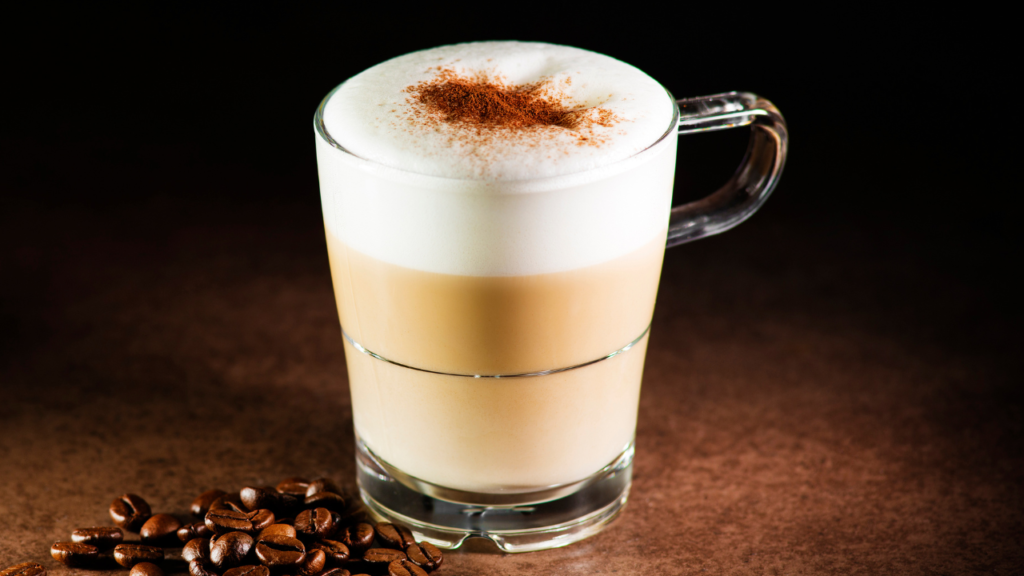
It wasn’t until the 1950s that the latte, or “caffè latte,” as it’s known in its homeland of Italy, became popular.
Basically, it’s just steamed milk with espresso, so it’s similar to milk coffee. And just like a real superstar, it arrived in the US in the 1980s and hasn’t left since.
These days, lattes are available at practically every coffee shop throughout the globe.
Yet, the cappuccino has been around for millennia.
According to popular belief, the drink got its name from the brown robes worn by Capuchin monks.
In Italy, cappuccino is traditionally prepared using whole milk and served in a little cup.
Yet, like any good nomad, it has adjusted to its new environment and can now be purchased in a wide range of sizes and milk types across the globe.
Finding out where these drinks originated adds a whole new dimension to their attractiveness.
And now that you know all this, you may truly enjoy the art of preparing coffee.
Latte vs. Cappuccino: Caffeine Content and Effects
Even though many of us drink coffee because of the caffeine in it, the fact that it tastes good is a nice bonus. Which of the two coffee beverages—the latte or the cappuccino—has more caffeine?
Find the optimal coffee-to-milk proportions, and you’ll have your answer.

A latte’s caffeine concentration is reduced since it contains less coffee and more milk.
A cappuccino, on the other hand, has a higher caffeine level because of the greater proportion of coffee to milk.
The caffeine content in coffee can vary widely from one brew to the next and from one serving size to the next.
Pro Tips: Knowing how the body reacts to caffeine is also very important. Caffeine helps with concentration and keeps you going, but too much of it can give you the jitters and make you feel nervous. [1],[2],[3]
You should watch how much caffeine you drink and drink your latte or cappuccino in moderation.
Choosing Between Latte and Cappuccino: Factors to Consider
Now that we’ve covered the key distinctions between lattes and cappuccinos, you can make an informed decision.
Think about your personal tastes in terms of flavor, caffeine level, and milk while making a decision.
A latte is your best bet if you have a poor tolerance for caffeine and prefer a sweeter, creamier flavor.
On the other hand, the cappuccino is the best option if you have a higher caffeine tolerance and prefer a bolder flavor.
Think about how the different types of milk affect the flavor and texture of each drink, especially if you have dietary limitations or prefer alternative milk options.

DIY Latte and Cappuccino: Tips for Making at Home
Why not experiment with a latte or cappuccino at home if you’re a coffee connoisseur who likes to brew your own beverages?
To get you started, here are some pointers:
A high-quality espresso machine or French press is a worthwhile investment if you enjoy espresso in the comfort of your own home.
It’s important to steam the milk properly so that it comes out at the right temperature and with consistency.
Get the ideal flavor and mouthfeel by adjusting the milk type and amount of foam used.
Add some spice to your beverage with cinnamon, cocoa powder, or whatever else strikes your fancy.
Your homemade lattes and cappuccinos will rival those made in your favorite cafe with just a little time and effort on your part.
Now you know everything there is to know about latte and cappuccino, from their respective flavors and textures to their caffeine levels and how to make them at home.
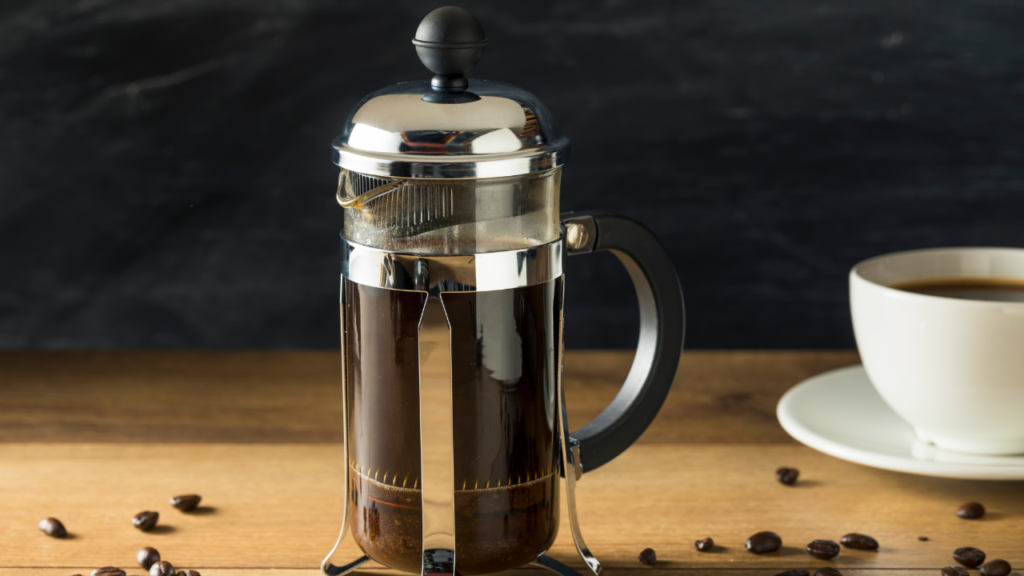
We hope this article has helped you, whether you’re a seasoned coffee connoisseur or just starting out, learn the differences between latte and cappuccino.
You may now confidently order your preferred beverage and enjoy every drop.
SEE ALSO:

